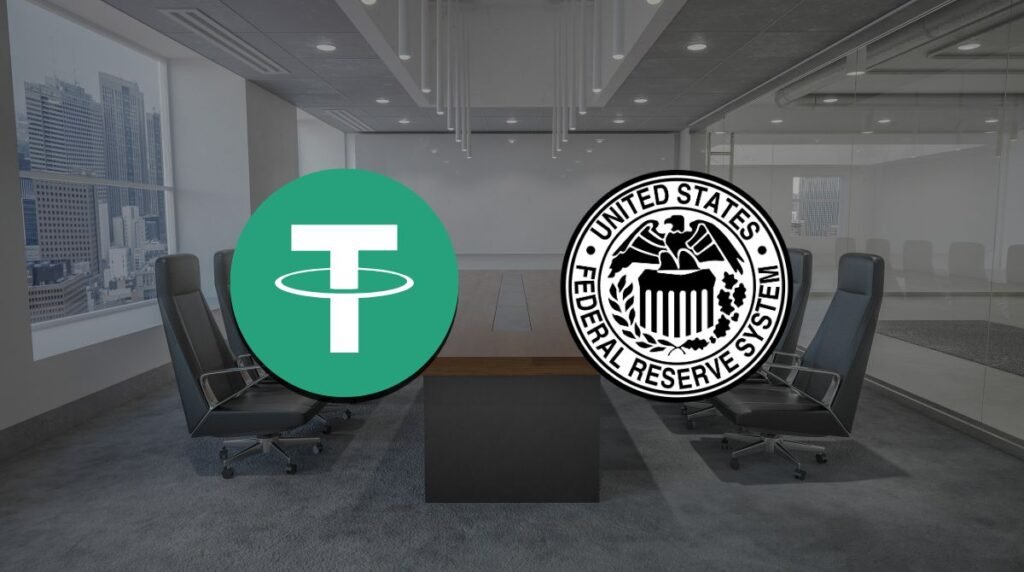Tether has issued 1 billion new USDT on the Ethereum blockchain, just hours before the U.S. Federal Reserve’s latest interest rate decision.
On-chain trackers flagged the mint as a “supply preparation,” and part of the new tokens were sent to Bitfinex, one of Tether’s key partners. Moves like this often spark debate among traders and analysts—some see it as a sign of fresh market activity, others worry about inflation in stablecoin supply.
What we’ll cover
Why the timing matters
The mint took place just before the Federal Open Market Committee (FOMC) meeting, where the Fed is expected to hold or possibly cut interest rates.
Tether has not stated the reason for the mint, but analysts note that past large-scale USDT issuances have often been followed by increased crypto trading and short-term price movements. For example, similar mints in early 2024 preceded a rise in Bitcoin’s price.
When large amounts of USDT enter the market, they’re often used to buy assets like Bitcoin or Ethereum—especially when traders expect volatility after a major economic event.
What this means for Bitcoin and the broader market
A $1 billion USDT mint doesn’t guarantee a market rally, but it does suggest that institutions or whales are preparing to trade.
USDT is widely used on crypto exchanges as a trading pair, particularly for Bitcoin. When Tether moves large amounts of new USDT to exchanges like Bitfinex, it often signals that liquidity is about to rise—either for buying the dip or riding a breakout.
This mint also arrives at a time when market sentiment is mixed. With inflation slowing but the economy still uncertain, traders are watching for any signs of a shift in central bank policy. The combination of a Fed meeting and a sudden boost in USDT supply could be enough to trigger movement in crypto markets.
Why Tether mints new USDT
Tether doesn’t create new tokens at random. According to the company, new mints are done based on customer demand—typically from large clients or exchanges requesting liquidity.
Tether holds reserves that back the value of USDT 1:1 with the U.S. dollar. When clients deposit USD or similar assets, Tether mints USDT to match the value. The new tokens are usually held in Tether’s treasury until they’re sent to exchanges or wallets.
This latest mint was labeled as a “replenishment” rather than an immediate distribution, meaning it might be used gradually, depending on market needs.
Building your crypto portfolio with USDT
For everyday users, this event is a reminder of how central USDT is to crypto trading and liquidity.
If you’re just getting started, you can begin building your crypto portfolio slowly using free Tether faucets. These faucets offer small amounts of USDT for free, letting you grow your holdings over time without needing to make an upfront deposit.
USDT also opens the door to other crypto opportunities, like using your tokens in cryptocurrency staking programs or decentralized finance (DeFi) tools.
Frequently asked questions
Why did Tether mint $1 billion USDT?
The mint likely reflects new demand for USDT, possibly tied to expected market activity around the Federal Reserve’s policy announcement.
Does minting more USDT cause inflation in crypto?
Not directly. Each USDT is meant to be backed by real reserves. But a sudden increase in supply can influence trading behavior and price action.
Is USDT safe to hold during market shifts?
USDT is designed to maintain a 1:1 value with the U.S. dollar, but it’s still important to use secure wallets and stay informed about Tether’s reserves.



